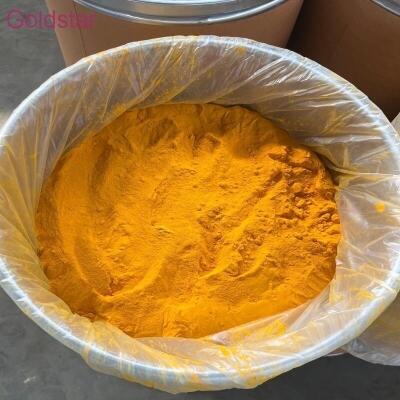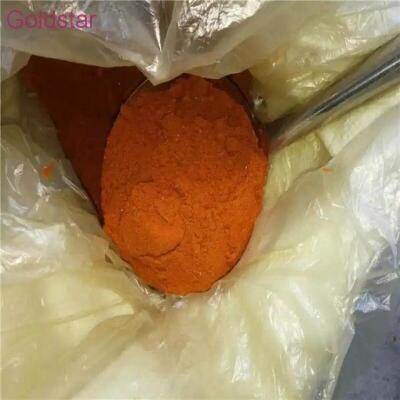-
Categories
-
Pharmaceutical Intermediates
-
Active Pharmaceutical Ingredients
-
Food Additives
- Industrial Coatings
- Agrochemicals
- Dyes and Pigments
- Surfactant
- Flavors and Fragrances
- Chemical Reagents
- Catalyst and Auxiliary
- Natural Products
- Inorganic Chemistry
-
Organic Chemistry
-
Biochemical Engineering
- Analytical Chemistry
-
Cosmetic Ingredient
- Water Treatment Chemical
-
Pharmaceutical Intermediates
Promotion
ECHEMI Mall
Wholesale
Weekly Price
Exhibition
News
-
Trade Service
T-butylferrocene is an important organometallic compound that finds wide application in the chemical industry.
It is used as a catalyst in various chemical reactions, including polymerization, hydrogenation, and alkylation.
The synthesis of T-butylferrocene involves several steps, and the route taken depends on the desired product and the starting materials available.
In this article, we will discuss some of the synthetic routes to T-butylferrocene.
- Halogenation of Ferrocene
Ferrocene, the parent compound of T-butylferrocene, can be halogenated using chlorine or bromine to form T-butylferrocene.
This reaction involves the substitution of one or more of the hydrogens in ferrocene with halogen atoms.
The reaction is usually carried out in the presence of a solvent, such as benzene, and a catalyst, such as aluminum chloride or ferric chloride.
The product is then purified by washing with water and drying. - Reduction of T-Butylferrocene Chloride
T-butylferrocene chloride is a commonly used precursor to T-butylferrocene.
It can be synthesized by reducing T-butylferrocene chloride using a reducing agent such as lithium aluminum hydride (LiAlH4).
The reaction is typically carried out in the presence of a solvent, such as ether or THF, and a catalyst, such as cesium carbonate.
The product is then purified by washing with water and drying. - Dehydrogenation of T-Butylferrocene
T-butylferrocene can be synthesized by dehydrogenating T-butylferrocene dioxide.
The reaction is typically carried out in the presence of a reducing agent, such as palladium on barium sulfate, and a solvent, such as toluene or xylene.
The product is then purified by washing with water and drying. - Reduction of T-Butylferrocene Acetate
T-butylferrocene acetate is another precursor to T-butylferrocene.
It can be synthesized by esterifying ferrocene with T-butyl alcohol in the presence of a strong acid catalyst, such as sulfuric acid.
The product is then purified by washing with water and drying.
It can be reduced to T-butylferrocene using a reducing agent such as lithium aluminum hydride. - Reduction of T-Butylferrocene Amide
T-butylferrocene amide can be synthesized by reacting ferrocene with T-butyl amine in the presence of a condensing agent, such as dicyclohexylcarbodiimide (DCC).
The product is then purified by washing with water and drying.
It can be reduced to T-butylferrocene using a reducing agent such as lithium aluminum hydride.
In conclusion, T-butylferrocene is an important organometallic compound with a wide range of applications in the chemical industry.
It can be synthesized through several routes, including halogenation, reduction of T-butylferrocene chloride, dehydrogenation, reduction of T-butylferrocene acetate, and reduction of T-butylferrocene amide.
The choice of route depends on the desired product and the starting materials available.
The synthetic routes described above provide a general idea of the methods that can be used to synthesize T-butylferrocene.







